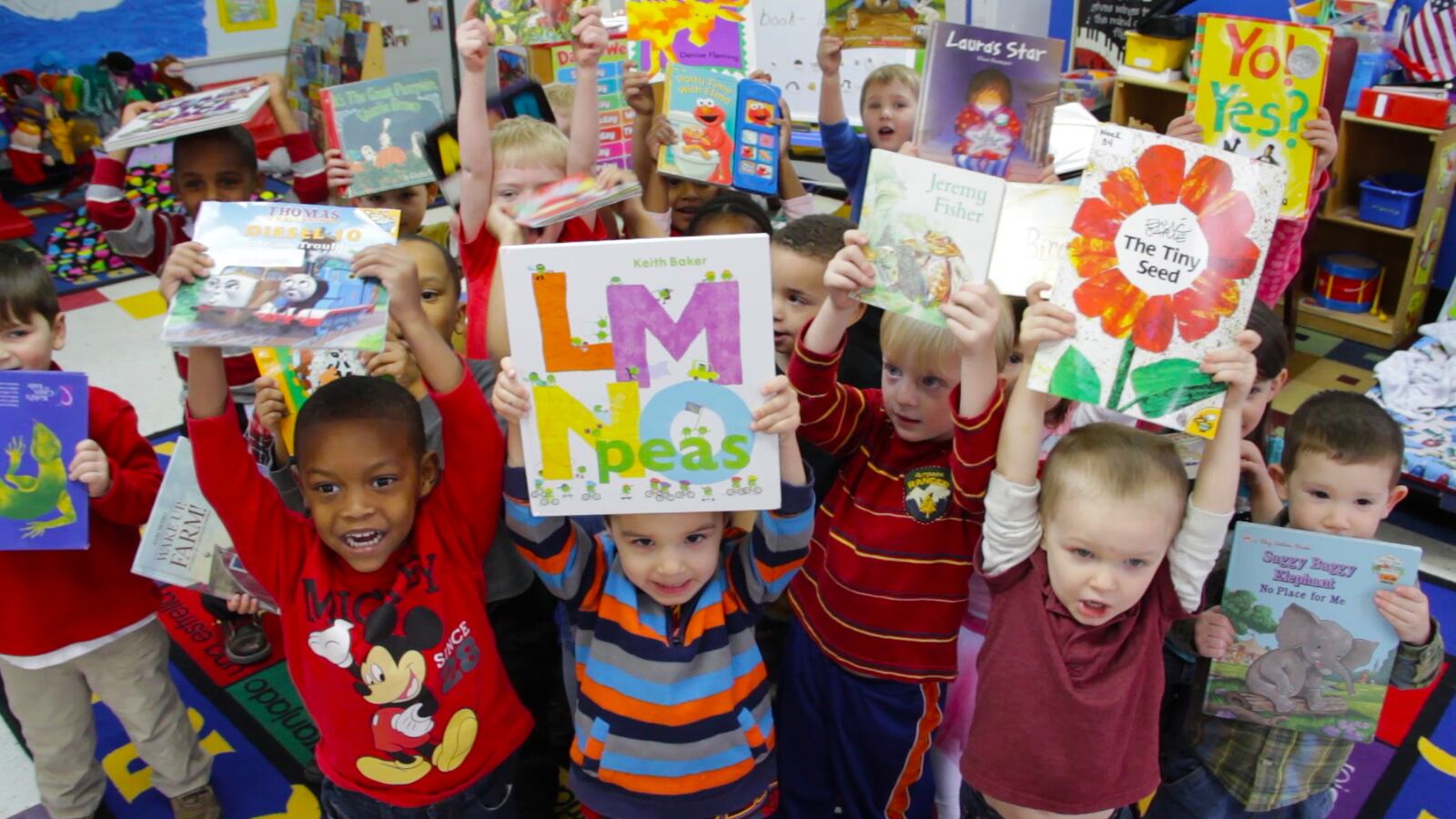A wide-ranging coalition that includes early childhood, education and business groups is galvanizing support for a bill to extend a state tax credit that incentivizes donations to Colorado child care providers.
Advocates say the Child Care Contribution Tax Credit, which will be up for reauthorization during the 2018 legislative session, represents a key tool for supporting an expensive but perpetually underfunded sector.
“It’s the child care provider’s lifeline to additional funding,” said Gloria Higgins, president of the business group Executives Partnering to Invest in Children, or EPIC.
It’s a public-private partnership of sorts — with the state rewarding private citizens and businesses with lower tax bills when they support early childhood education.
During fiscal year 2016, Colorado taxpayers made about $52 million in donations that qualified for the tax credit, according to data from the Colorado Department of Revenue. Donations can cover costs such as child care scholarships, teacher salaries and building improvements.
“If parents had to pay $50 million more for child care, I don’t know what they would do,” Higgins said.
The tax credit, which first took effect in 1999 and has been reauthorized once, allows donors to claim an income tax credit worth up to 50 percent of their contribution. In other words, a donation of $200 to a qualifying child care provider would yield a state tax credit of $100 for the donor.
Donations to a variety of organizations — including child care centers, programs offering before- and after-school care, residential treatment centers and homeless youth shelters — are eligible for the credit.
The tax credit was suspended for a couple years during the Great Recession because slow-growing state revenue triggered a special provision in the law. The credit was restored in phases starting in 2013 and will expire in 2019 if it’s not reauthorized.
Given the state’s historically bipartisan support for the tax credit, advocates are hoping for a smooth passage.
“The reason why some people like tax credits … really comes from the fact that you’re just declining revenue,” said Bill Jaeger, vice president of early childhood initiatives at the Colorado Children’s Campaign. “You’re not necessarily building new government programs.”
And for taxpayers who make the donations, the philosophy is about “letting people keep more of money they’ve earned,” he said.
Currently, there is no organized opposition to renewing the tax credit for another 10 years.
Still, advocates know there are many demands for state dollars.
“We, in early childhood, are truly competing … with potholes or K-12 education,” Higgins said. “We just want to hold onto what we have.”
Colorado is one of only a handful of states that offer tax credits to individuals or businesses that donate to child care providers or related programs, according to the National Conference of State Legislatures. Oregon, Mississippi, Louisiana and Pennsylvania all have some version of a contribution credit, though generally the parameters are more restrictive than in Colorado.
Tami Havener, who leads a nonprofit that offers full-day preschool and a host of other early childhood services in Steamboat Springs, believes the tax credit encourages supporters to donate more than they otherwise would.
“I think it definitely makes a difference in them deciding how much they can give,” she said. “It allows them to be more generous.”
The Family Development Center where Havener is executive director raises about $110,000 a year — in amounts ranging from $25 to $30,000. The money helps pay for need-based scholarships, teacher training and extra staff so that student-teacher ratios stay low.
The preschool enrolls 80 students, about one-third of whom come from low-income families.
Havener said she’s gotten more savvy in recent years about advertising and explaining the credit to donors because she realized that some didn’t understand the financial benefits.
Now, in addition to helping specific child care providers, some groups envision the credit as a way to get communities to collaborate on larger child care initiatives. The idea is to use the credit as a rallying point for donors interested in pooling their resources for big projects — say, building a child care facility in a neighborhood without one.
“This is no silver bullet by any stretch,” Jaeger said. “It’s a tool in the toolbox.”

